Ultimate Guide to Distilling Water at Home: Steps for Pure H2O
Are you questioning the safety of your drinking water? Creating distilled water at home is a practical solution. This guide outlines the easy yet effective method of distilling water, starting with what you’ll need, followed by a straightforward, step-by-step process. Prepare for not just pure water, but also a deeper understanding of its advantages and applications around your home.
Key Takeaways
-
Distillation is a simple, effective method for purifying water at home, removing a broad range of contaminants including bacteria, heavy metals, and organic compounds.
-
Creating distilled water is easy and can be done with common household items like a stainless steel pot, a glass bowl, and ice, following a few basic steps for boiling and condensation.
-
While distilled water is pure and free from contaminants, it lacks essential minerals and can lead to mineral deficiencies if it’s the sole source of water; it’s ideal for medical use, appliance maintenance, and cleaning tasks.
Understanding Distillation: The Science Behind It
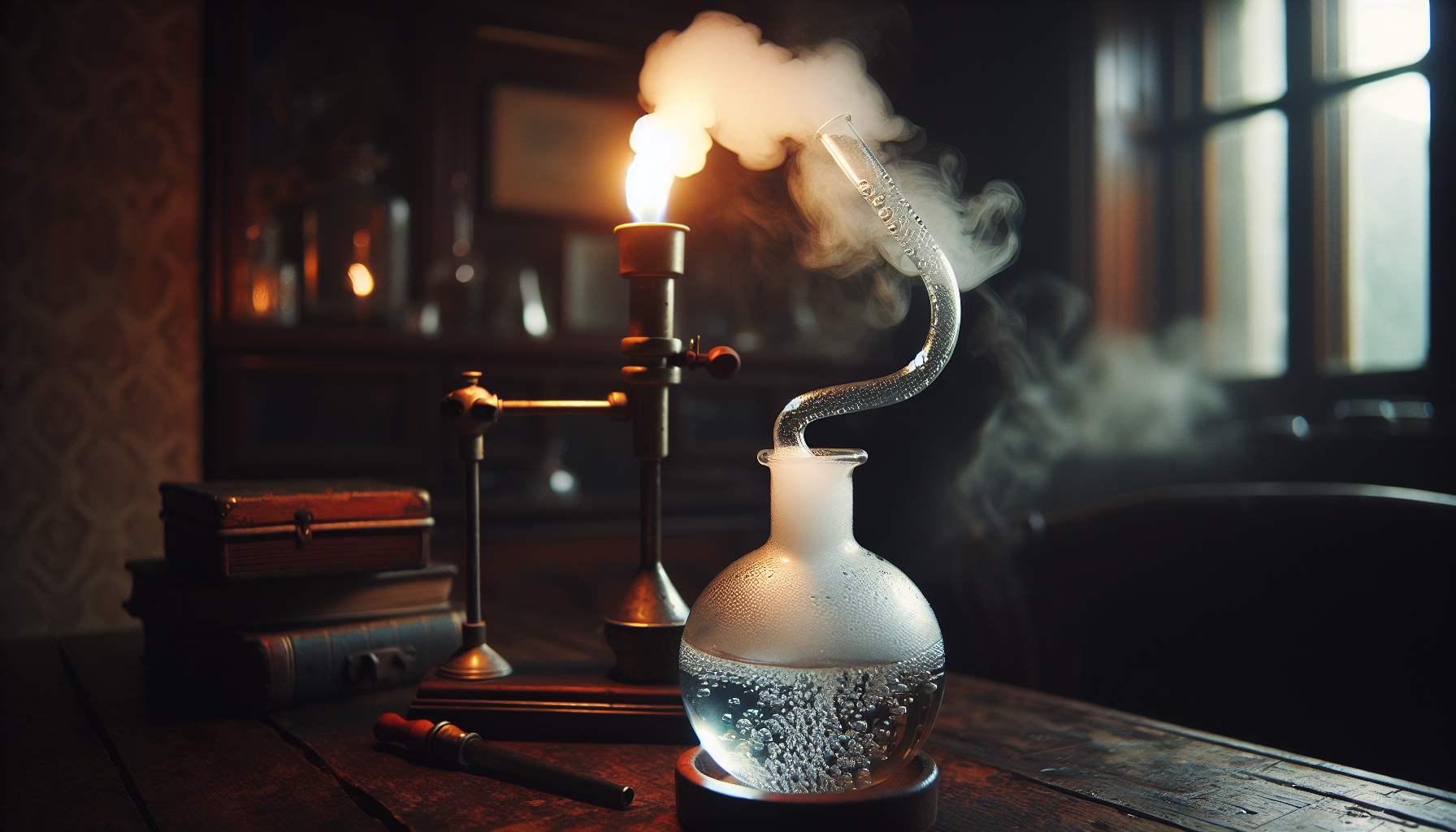
Recall the science experiment where water was boiled in a flask, steam collected in a tube, and then condensed back into water in a beaker? That is the essence of distillation. At the core of the distillation process is the concept of heating and cooling. Here’s how it works:
-
Water is heated to its boiling point, causing it to turn into vapor.
-
The vapor is collected and cooled, causing it to condense back into a liquid state.
-
The condensed liquid is collected and purified.
This technique has been employed for centuries for water purification.
The process of distilling water at home is rooted in the same principle. However, it’s not just about boiling and cooling; it’s about removing contaminants and delivering pure, clean drinking water. The ability of distillation to remove water contaminants is unmatched, thereby establishing its reliability in water purification.
The Basics of Distillation
Distillation is a bit like magic, transforming murky water into a clear, pure potion. It’s all about selective boiling and condensation. When you heat water, the water molecules get excited and start to evaporate, leaving behind impurities. This steam is then captured and cooled, turning it back into liquid - but now, it’s purified water.
The setup for distillation is pretty straightforward. You only require a heat source to boil the water and a device to condense the steam and cool it. The outcome is your personal supply of distilled water, right within your home.
History of Water Distillation
Water distillation isn’t a new concept. Its roots trace back to ancient civilizations in India and China where it was used to ensure clean, safe drinking water. Imagine the ancient Indians, as described in the ‘Charaka Samhita’ around 300 BC, boiling water and collecting the steam in a cooled container, creating an early version of distilled water.
Following this, the Greeks and Romans adopted the technique to distill seawater. As time progressed, Arab chemists in the Middle Ages further refined the distillation methods. The industrial revolution brought significant advancements, notably the continuous-flow still by Jan Baptist van Helmont, leading to large-scale production of distilled water.
From ancient civilizations to your kitchen, distillation has come a long way!
Effectiveness in Removing Contaminants
The magic of distillation lies in its effectiveness in removing contaminants. Distillation has the capacity to efficiently eliminate a broad range of impurities from water, including:
-
Bacteria
-
Viruses
-
Heavy metals such as lead, arsenic, and mercury
-
Radionuclides
-
Organic and inorganic compounds
-
Particulates
The distillation process exploits differences in relative volatility. By heating water, you create steam, which leaves behind less volatile contaminants. When the steam is condensed back into water, the contaminants are effectively removed, providing you with pure, clean water. Distillation is often deemed superior to other methods for eliminating specific contaminants, effectively lowering the risks related to drinking contaminated tap water.
Step-by-Step Guide to Homemade Distilled Water
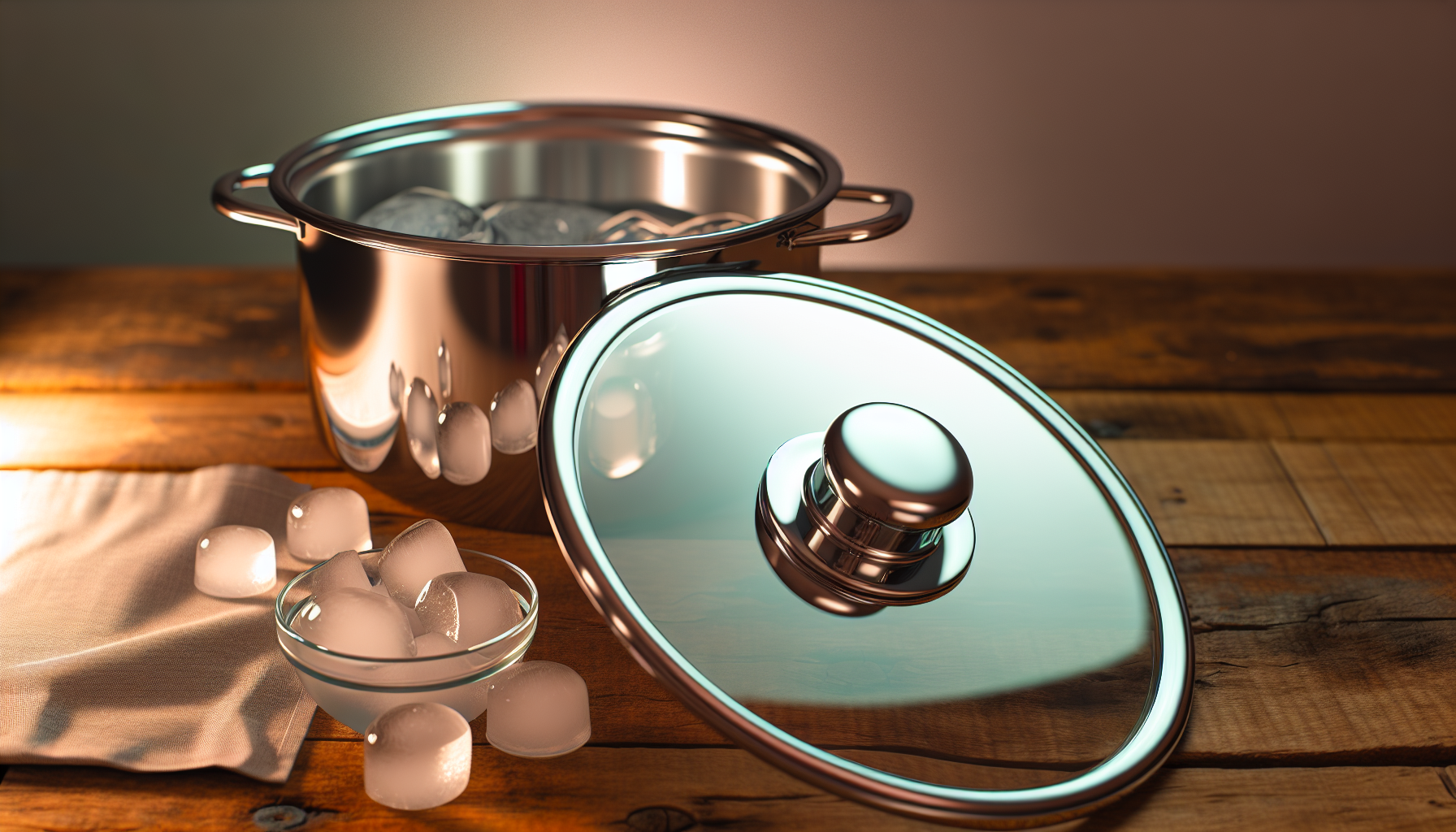
Now that we’ve delved into the science of distillation let’s get our hands wet and explore how to make distilled water at home. It’s simpler than you might think, requiring nothing more than some everyday kitchen items and tap water. And the result? Your very own homemade distilled water, ready to be savored or put to various uses.
The process of distilling water is simple and involves the following steps:
-
Fill a stainless steel pot with water.
-
Place a glass bowl inside the pot to catch the condensed steam.
-
Heat the water to a low, steady boil.
-
Invert a clean lid on the pot and top it with ice to facilitate condensation.
-
Once the process is complete, carefully transfer the distilled water from the bowl to a storage container.
Simple, isn’t it?
Before you rush off to start, here’s a word of caution - never allow the pot to boil dry and always stay close during distillation to manage the process and reduce risks. Safety first, folks!.
Gathering Materials
Let’s get started with gathering our materials. For basic water distillation at home, you will need:
-
a 5-gallon stainless steel pot
-
tap water
-
a glass bowl
-
a round baking rack if necessary
-
a pot lid
-
ice
All of these items are typically available in your kitchen, facilitating an easy start.
If you’re feeling a bit more adventurous, you could try the glass bottles method for distillation. This requires:
-
Two clean glass bottles
-
Duct tape
-
A pan to catch the water
-
A heat source
Remember, the goal is to make distillation accessible and doable in a home setting, so you don’t need any fancy or expensive equipment.
Preparing the Setup
With your materials in hand, it’s time to set up your distillation station. The glass bowl is placed inside the pot. It acts as the receiver flask for the distilled water. If the bowl doesn’t float by itself, you can use a round baking rack at the bottom of the pot to support it, ensuring it doesn’t touch the pot’s bottom.
While most of us will use a stovetop to provide heat for distillation, you can also use a hot plate if you have one. Maintaining stability during distillation is crucial, so it’s advisable to secure components such as the pot and glass bowl to avoid any tilting or toppling over.
Distilling the Water
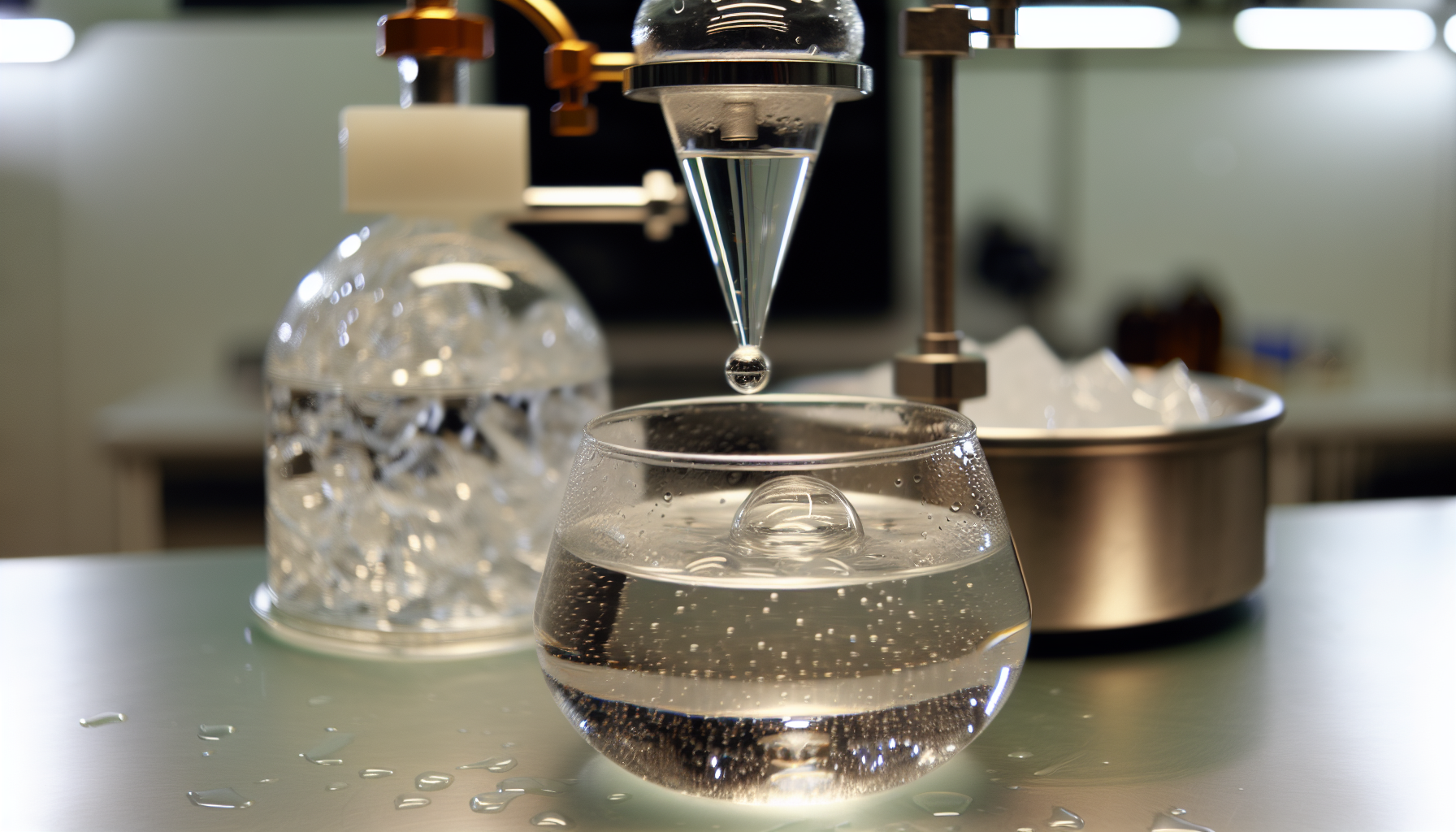
Now to the fun part – distilling the water! You start the distillation by following these steps:
-
Heat the water until boiling water hits the right temperature for evaporation.
-
As it boils, the water molecules start to evaporate, leaving behind any impurities.
-
To accelerate the condensation process, place an ice pack or a bag of ice on the top of the pot.
-
This creates a temperature difference, encouraging the steam to condense back into water.
During the distillation process, ensure the pots are properly tilted to collect the evaporated water effectively. Do not forget to constantly refill the pot with water and replace the ice cubes for efficient distillation. Voila, you now have your homemade distilled water!
Drinking Distilled Water: Pros and Cons
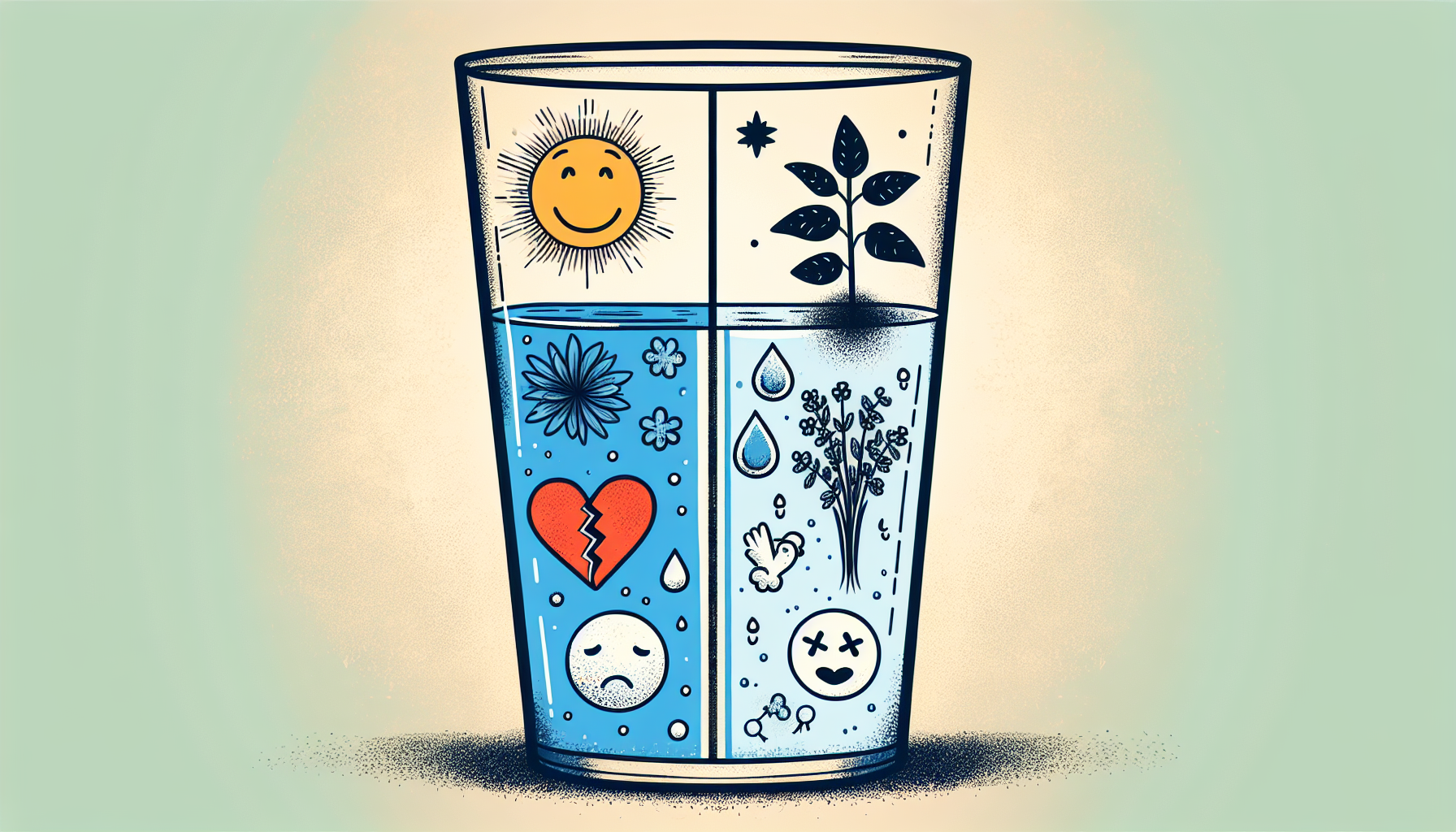
Now that you’ve got your home-distilled water, you’re probably wondering - should I drink it? Well, drinking distilled water has its pros and cons. It’s pure and free from contaminants, but it also lacks essential minerals, which could lead to deficiencies if it’s your only source of water.
On a positive note, distilled water has a clean and clear taste, free from any unusual odors, colors, or the stale or plastic-like taste that is frequently linked with tap or bottled water. However, you need to be careful when storing distilled water. Glass or high-quality stainless steel containers are recommended to prevent the leaching of chemicals into the water.
Health Benefits
A substantial benefit of drinking distilled water is its freedom from additives and minerals. This reduces your body’s exposure to potentially harmful chemicals and contaminants. The World Health Organization has indicated that the lack of minerals in distilled water doesn’t pose a health risk, as most of our essential minerals come from food or dietary supplements. Therefore, it’s a good idea to drink distilled water.
Moreover, distilled water has several benefits:
-
It facilitates the cleansing of the body from unwanted substances, acting as a natural detoxifier.
-
It can help improve digestion and promote weight loss.
-
It can help improve skin health and hydration.
-
It can help prevent kidney stones.
However, it’s worth noting that consuming large quantities of distilled water can have an acidifying effect on the body due to its slightly acidic pH.
Potential Drawbacks
Conversely, exclusively drinking distilled water can cause a deficiency in vital minerals like magnesium and calcium, which are essential for metabolic functions and sustaining a healthy electrolyte balance. Also, the increased urine output resulting from the consumption of distilled water could potentially cause an electrolyte imbalance.
Long-term consumption of distilled water may also negatively impact dental health by contributing to an increase in cavities due to the absence of fluoride. Lastly, some people find the taste of distilled water less appealing than tap or bottled water, which might result in a decrease in overall water consumption.
Alternative Water Purification Methods
If you’re not sold on distillation, don’t worry. There are plenty of other water purification methods out there. From filtration systems to reverse osmosis, each method has its own strengths and weaknesses, and the choice depends on your specific needs and circumstances.
Although distillation is effective in eliminating soluble minerals and heavy metals, it might not be able to eradicate volatile chemicals that can form during the heating process. That’s where other purification methods like:
-
Filtration
-
Reverse osmosis
-
Boiling
-
Chlorination
-
Solar purification
come into play. These methods offer a wide range of options to purify water.
Filtration Systems
Filtration systems serve as a popular substitute for distillation. They work by passing water through a filter that traps impurities, providing clean, safe water. There are various types of filters, from slow sand filters and screen filters to rapid sand filters, each with its own unique benefits.
For finer filtration, membrane filtration methods like microfiltration, ultrafiltration, and nanofiltration come in handy, capturing even the tiniest particles and contaminants. Some filtration systems also incorporate a prefiltration stage to extend the life of the primary filter, ensuring optimal performance and longevity.
Reverse Osmosis
Another effective method for water purification is Reverse Osmosis (RO). Using a semipermeable membrane and applying pressure, RO systems can remove a wide range of contaminants, including:
-
endotoxins
-
pesticides
-
herbicides
-
antibiotics
-
nitrates
-
sugars
-
soluble salts
-
metal ions
RO systems are often used in conjunction with a media filtration or ultrafiltration system as a prefilter for optimal performance. RO purifiers, often containing UV and ultra-filtration filters, are a trusted method for removing 90-95% of biological contaminants and minerals from water, making them one of the most effective purification methods for household use.
Distilled Water Uses Beyond Drinking
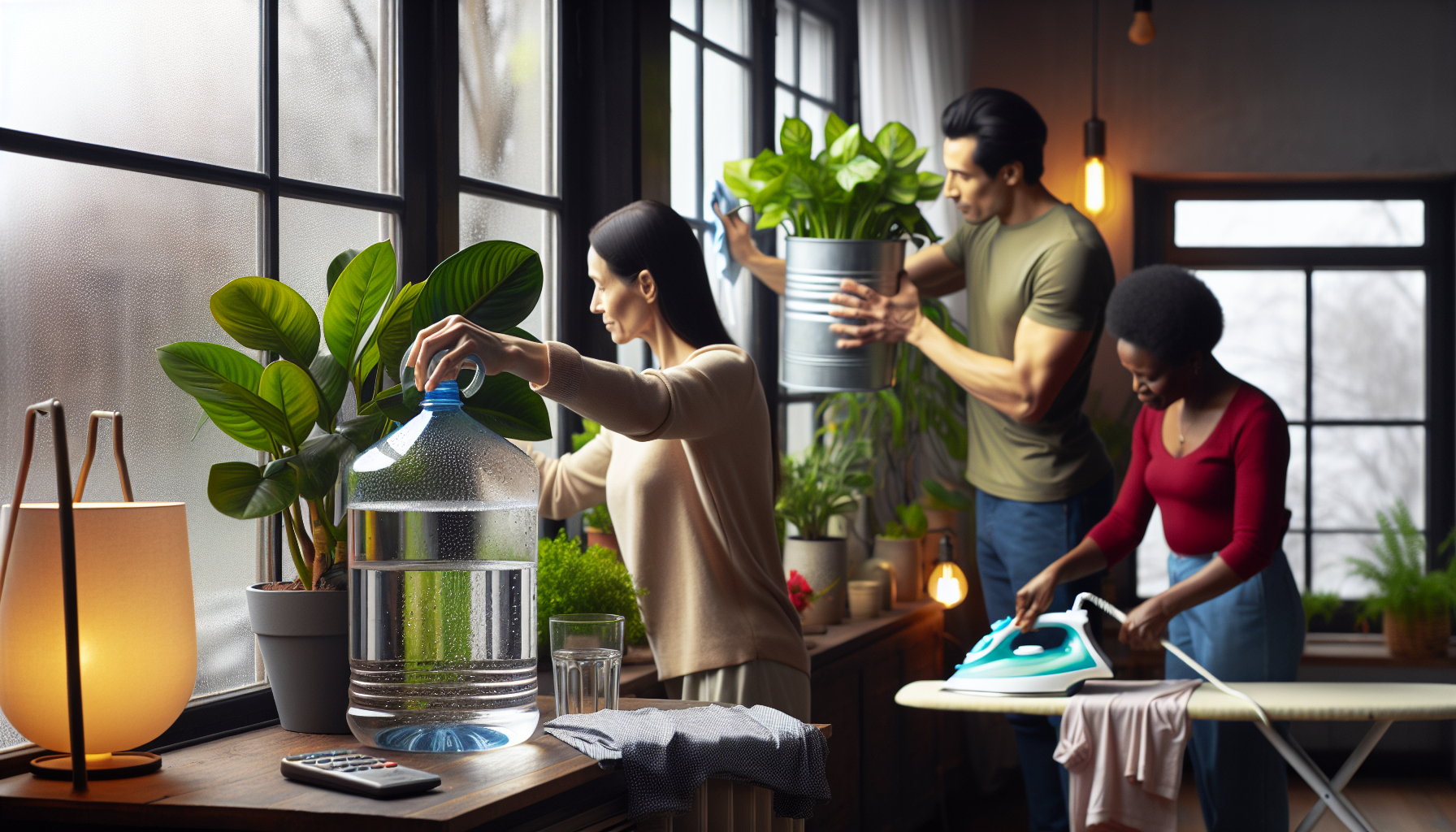
The use of distilled water isn’t limited to drinking. Its purity renders it invaluable for numerous other applications, including:
-
Sterilizing equipment in medical environments
-
Mixing pharmaceutical products
-
Cleaning in households
-
Gardening
-
Appliance maintenance
Distilled water wears many hats, including that of fresh ice, water vapor, and an inverted lid, and even as your own distilled water.
Not only does using distilled water prevent scale and streaks when cleaning, but it also avoids depositing minerals into the soil when gardening. And for your appliances like steam irons or humidifiers? Distilled water can prevent mineral buildup and prolong their lifespan.
Medical Applications
In the medical world, distilled water holds significant importance. It’s used in the pharmaceutical industry to prevent contaminants from interfering with the purity of products like analytical reagents and active pharmaceutical ingredients. Hospitals use it to clean medical equipment, warding off contamination and infections.
Kidney dialysis machines utilize ultra-pure water, often distilled, to filter waste from the blood. In medical laboratories, distilled water is used for tests to ensure accuracy and reliability. Even in dentistry and various medical procedures, distilled water is used to prevent infection. Even CPAP machines use distilled water to humidify the air for breathing, ensuring no contaminants are left behind.
Household Uses
In a domestic setting, distilled water serves various purposes. It can be used for:
-
Spot-cleaning upholstery
-
Washing windows and mirrors
-
Washing cars (a final rinse with distilled water can prevent water spots and protect the vehicle’s paint from mineral buildup)
Distilled water helps achieve a cleaner, residue-free finish in all of these tasks.
Appliances like steamers, humidifiers, diffusers, and irons can also benefit from distilled water. By preventing white mineral deposits that often result from using tap water, distilled water can extend the life of these appliances.
Distilled water is even used in personal care products like moisturizers, deodorants, or shampoos to ensure their purity and overall quality.
Summary
In summary, distillation is an effective, time-tested method for purifying water. While it may have some drawbacks, like the lack of essential minerals, it provides a reliable way to ensure clean, safe water. With a bit of effort, you can distill water at home and put it to various uses, from drinking to cleaning and even medical applications. And if distillation isn’t your thing, there are other purification methods like filtration and reverse osmosis to consider. So go ahead, take the plunge, and dive into the world of water purification!
Frequently Asked Questions
How can I make distilled water at home?
To make distilled water at home, fill a pot with water and heat it on medium. Place an upside-down lid on top, filled with ice, to create condensation. The distilled water will collect in a bowl placed inside the pot.
Does distilling water completely purify it?
Distilling water effectively removes minerals and some contaminants like lead and heavy metals, but it cannot remove all chemicals or contaminants. It is commonly used in medical facilities and laboratories due to its high purity.
Is boiled water the same as distilled water?
No, boiled water is not the same as distilled water. Boiling water only removes some impurities, while distilled water is purified through a process of boiling and condensation.
Can you make distilled water at home?
Yes, you can make distilled water at home by boiling water and collecting the condensation that forms on an upside-down lid filled with ice.
How does the distillation process work?
So basically, the distillation process works by heating water to create steam, leaving behind contaminants, and then condensing the steam back into pure water. It's a simple but effective way to remove impurities from water.



















